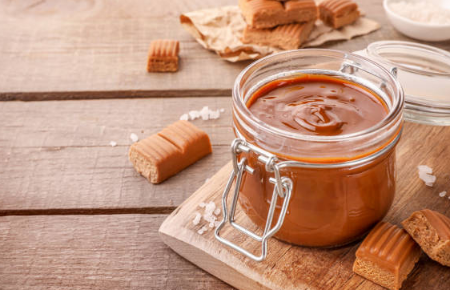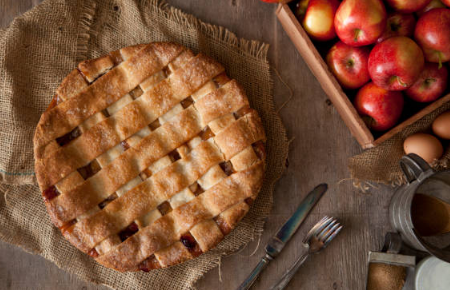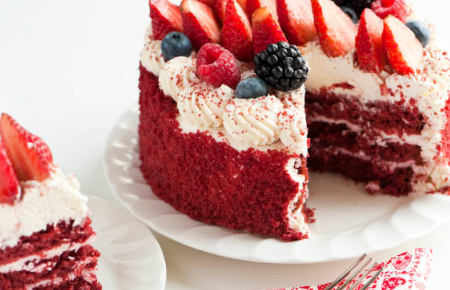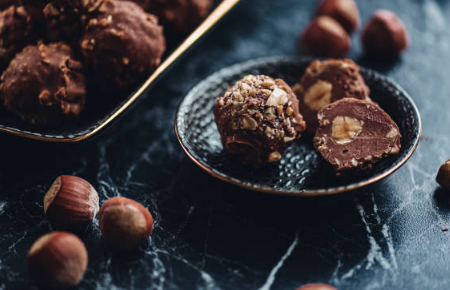What Is Butterscotch?

5 Creative Dessert Recipes to Satisfy Your Sweet Tooth Without the Guilt
June 14, 2025
Yes, Chocolate Is Good for You
June 14, 2025Imagine walking through the baking aisle of your local grocery store. You stop by the dessert section and spot a range of sweet treats—some meant for baking, others for melting, and some ready to grab and snack on. Their flavors often mirror the popular toppings and ice cream shop favorites: chocolate, white chocolate, caramel, toffee, cherry, mint chocolate… and butterscotch.
You might know your way around milk chocolate, white chocolate, or dark chocolate. But can you answer this: What exactly is butterscotch?
What Is Butterscotch Candy?
Butterscotch is a close cousin of caramel—a simpler, fuss-free sweet treat that can be made into sauces, chewy candies, or hard candy. According to Sarah Brekke, Test Kitchen Brand Manager at Better Homes & Gardens, the basic ingredients of butterscotch include butter, brown sugar (which gives it that hint of molasses flavor), and sometimes cream.
Its aroma and flavor are sweet and milky, with subtle mineral notes and a slight bitterness from the molasses in the brown sugar.

How Did Butterscotch Get Its Name?
Yes, it definitely includes butter, but what’s with the “-scotch”?
Let’s clear this up: Despite the name, there’s no Scotch whisky in classic butterscotch recipes, and no real evidence it ever contained any.
Food historians don’t agree on the exact origin of the name. One theory is that “butterscotch” combines “butter” with “scotch,” referring not to whisky but to an old Scottish word meaning to cut or score. In traditional Scottish candy-making, “scotching” was the act of slicing soft candy before it cooled and hardened completely, so it could be broken cleanly into pieces later.
Others think “scotch” might come from “scorched,” hinting at the high-heat method used to cook sugar and butter together. Or it could simply be a nod to Scotland, where this sweet treat may have originated.
How Is Butterscotch Different from Caramel, Toffee, and Dulce de Leche?
All four treats rely on a mix of sugar, fat, dairy, and caramelization. But they differ in their ingredient ratios, cooking process, and final texture.
Butterscotch has a milder, sweeter flavor than caramel, with less bitterness. It’s often easier to make than caramel, which involves a more precise process that can trip up home cooks. Also, while caramel typically includes cream, hard butterscotch candy often does not.
Here’s how they compare:
-
Caramel: Made with white sugar and water (sometimes corn syrup), heated until it becomes a golden-brown syrup (around 338°F/170°C). Then, cream, butter, and vanilla are added to create soft caramel or sauce.
-
Toffee: Made by heating butter and white sugar to 300–310°F (the “hard crack” stage). It’s poured into a pan, hardens into brittle sheets, and gets broken into bite-size pieces. Toffee sauce, on the other hand, often uses brown sugar, butter, cream, and vanilla. It’s very similar to butterscotch, just cooked to a slightly higher temperature.
-
Dulce de Leche: Basically caramelized sweetened milk. Making it from scratch requires hours of stirring milk and sugar until it thickens and turns golden. A popular shortcut? Simmer a sealed can of sweetened condensed milk in water for 3 hours (just make sure the can stays fully submerged, and use tongs to handle it—it’s hot!).



